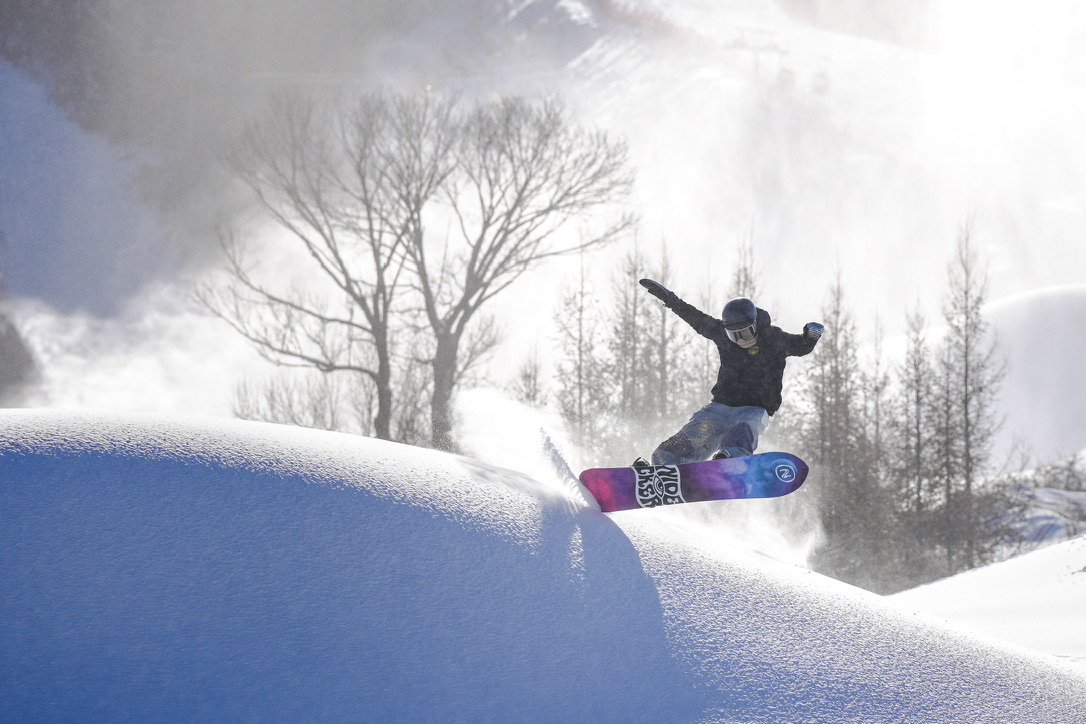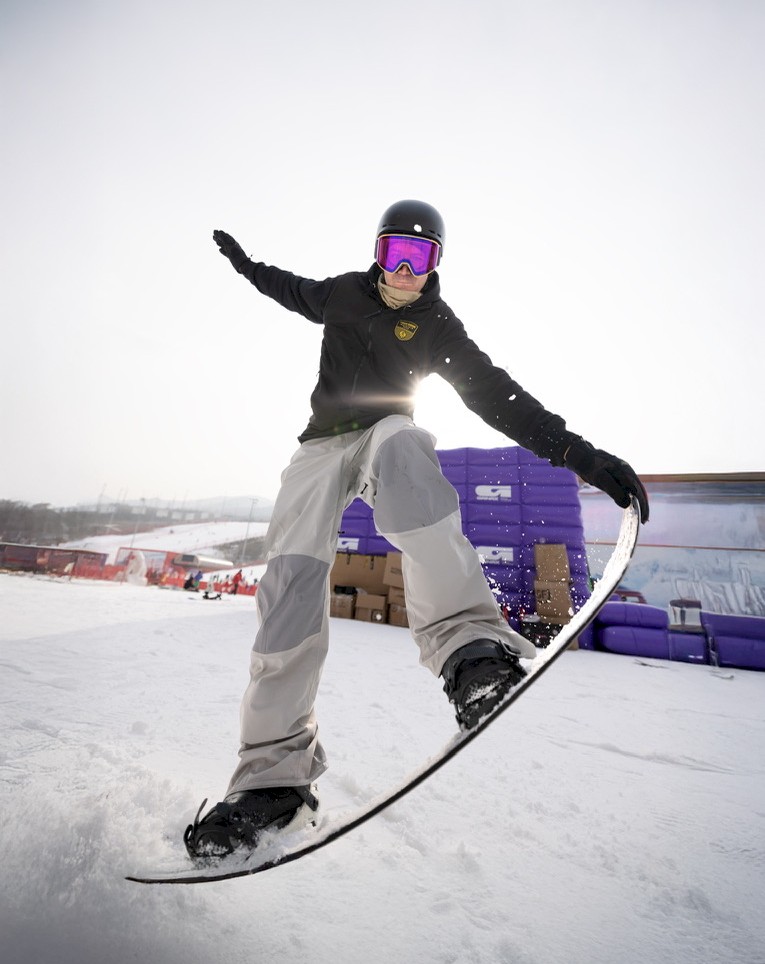
Understanding: Snowboard Flex
How Snowboard Flex Shapes the Ride
It’s early season that magical window when we’re waxing, tuning, and convincing ourselves that this will be the year we finally land that cab five. For a lot of riders, it’s also the time to shop for a new board.
Every manufacturer talks about flex “soft and playful,” “stiff and powerful” but few really explain what those words mean on snow. Flex is more than a number on a spec sheet. It’s the invisible hand that shapes how your board feels, reacts, and performs.
Let’s break down what snowboard flex really does and how to choose the right one for your riding style.

What Flex really means
Flex is how easily your snowboard bends and twists when pressure is applied. It dictates how the board interacts with the snow and how it returns that energy back to you.
There are two main types of flex:
- Longitudinal Flex how the board bends tip-to-tail. This controls stability, pop, and forgiveness.
- Torsional Flex – how the board twists along its length. This affects how easily it turns and grips through the arc.
Every movement from a butter to a carve involves both types working together.


The Feel: Energy and Feedback
Flex is also about rebound. When a board bends, it stores energy. When it releases, that energy drives the next movement.
- Soft boards absorb energy — smooth, flowy turns.
- Stiff boards return energy — snappy, explosive arcs.
This is why advanced riders often prefer stiffer boards: not because they’re “better,” but because they translate precise movements into powerful outcomes.


Flex is the language your snowboard uses to talk to the snow.
Soft flex says, “Let’s play.”
Stiff flex says, “Let’s charge.”
There’s no right answer; only what makes sense for how you ride.
Soft Flex: The Playful Performer
A softer snowboard bends easily, letting you manipulate it with less effort.
What it feels like:
- Easy to flex into turns or presses.
- Forgiving when you make mistakes — it adapts rather than punishes.
- More “surfy” or “loose” underfoot, especially at slower speeds.
Where it shines:
- Park laps, side hits, trees, and creative terrain.
- Great for beginners or riders who value freedom of movement.
What to watch for:
At high speeds or on icy snow, a soft board can feel unstable. The edge might wash out under heavy pressure.
It’s the snowboard equivalent of loose trucks on a skateboard; tons of freedom, a little chaos when it gets fast


Stiff Flex: The Power Player
A stiff snowboard resists bending. It takes more input to engage, but it rewards that effort with power and precision.
What it feels like:
- Strong edge hold and high-speed stability.
- Quick rebound — energy loads and releases sharply.
- Less forgiving — mistakes are amplified instead of absorbed.
Where it shines:
- Carving hardpack, freeriding big terrain, and landing big jumps.
- Advanced riders who like to drive power through the board.
What to watch for: If you’re light, new, or like to ride relaxed, stiff boards can feel punishing.
It’s like a sports car on ice; built for speed and precision, but you’d better know what you’re doing behind the wheel.



